I loved a man. But our affair was nasty, brutish and short. Copious weeping was my un-tart retort. All that’s left of him is a stained T-shirt. I must rid my mind of him now. That’s long overdue. But how? These three books seem to present three answers. I’ve been wonkily underlining whole paragraphs and brooding over what to do.
Nowadays, if you admit to being heartbroken after the fact you’re treated as a malingerer. So I very much appreciated Giulia Sissa’s Jealousy: A Forbidden Passion — a scholarly defence of indulging your violent fury. In the age of Tinder, your next paramour is but a thumb-swipe away, so the attitude is: ‘They don’t love you. Why would you care? It’s all in your head. It’s all in your past. It’s always your problem. Enough!’ I agree with Sissa. We women ‘do not like being treated like an interchangeable, meaningless, replaceable presence’, and it’s OK to feel green about it.
But I am confused by how much emphasis she places on Medea, who, according to myth, helped Jason slay the Minotaur, only to be abandoned by the ungrateful wretch when he took a fancy to another woman. In response, Medea slaughtered all their children. This might signify much for what Sissa calls our ‘erotic dignity’; but when seeking to prove that jealousy is not ‘the most obscene emotion of all’, Medea is an odd choice of heroine.
So I dispensed with the idea of becoming homicidally jealous and turned instead to Stephen Fineman’s Revenge: A Short Enquiry into Retribution, in which he argues, very persuasively, that revenge is a dish we really should serve — whether cold, hot or as a lukewarm canapé. ‘Our compulsion to avenge a wrongdoing is among the most primal of human urges,’ he explains. ‘Getting even shows there is a price to pay.’
I raced through this book, cackling — and relishing in particular the pages pointing out how, throughout history, and still in some areas of the world, mine is the sex that has been persistently maltreated and oppressed and that it’s jolly nice finally to be getting our own back. Fineman points out that wartime rapes have barely been prosecuted and refers to honour killings today. I suspect he is itching to write a fresh chapter on how Harvey Weinstein finally got his just deserts thanks to the #metoo brigade.
Fineman seems quite a fan of vigilante justice — as long as the target is indisputably guilty. He doesn’t understand why we should get screwed over again and again without doing anything about it. ‘Turning the other cheek,’ he observes, ‘is simply an invitation to be slapped again.’ He gives voice to all the waiters who avow they are not ‘robots to respond to finger clicks’ and lament of their customers:‘I wouldn’t treat a dog, the way they treat us.’
He adds: ‘Minor acts of sabotage can bring relief from intrinsically alienating or monotonous work.’ I have known that pleasure. So I adored, above all, Fineman’s air hostesses, who break wind in the direction of obnoxious passengers, redirect all their luggage to, say, Tokyo, and when asked by a man to smile, say they’ll smile if he will too. When he does, they shoot back: ‘Now freeze and hold that for 15 hours.’ The customer is not always right. When he’s vile he should get his comeuppance.
But not all revenge is quite so righteous. Sometimes it’s just vicariously amusing. ‘Never wrong a writer,’ Fineman advises. ‘They get their revenge in print.’ (A statement that may send a shiver down my true love’s spine.) Take Norman Mailer, who so despised his third wife, Jeanne Campbell, he had her double strangled and thrown off a tenth-floor balcony in An American Dream. Campbell dubbed this light fictionalisation of their unhappiness together ‘the hate book of all time’.
‘Mailer’s venom is palpable,’ Fineman concludes. ‘But it is trounced by Ernest Hemingway.’ When Papa’s third wife, Martha Gellhorn, walked out (wondering why she should ‘be a footnote to somebody else’s life’) he retaliated by writing a poem to her vagina, likening ‘said organ to the crumpled neck of an old hot-water bottle’. Then, in a short story called ‘It was Very Cold in England’, ‘a Hemingway-like character compares the sexual performance of a Gellhorn-like character to a washed-up mine that had failed to detonate’.
Tempting as it would be to assassinate my man in print, I don’t want to come off looking as petty as all that. So I turned to The Museum of Broken Relationships which claims to sum up ‘modern love in 203 everyday objects’. The museum was founded in Croatia by two ex-lovers who wanted to memorialise their former passion for one another, and I found the accompanying book very affecting. I don’t want to fall in love again if this is how it always has to end.
Each page consists of a photograph of an item sent to the museum together with a note explaining what it symbolises to the one who posted it. Each tale is different. And yet all are curiously the same — bleak and stark and heart-mashing. It’s like a cheerfully coloured catalogue of suicide, divorce and venereal disease.
At times, there’s nothing to do but laugh: at the ‘can of love incense’ (explanation: ‘didn’t work’); at the ‘sweatshirt with a smiley face on the front and the reverse on the back’:
The angry face tells me that he went to a South American transgender prostitute on Vesterbro and paid 800 Danish Kroner for a blow job on Christmas Eve. ‘Now we have gonorrhoea,’ the face says.
But best by far was the note accompanying the twin silicone jellies salvaged from a reversed boob job. (‘My ex had convinced me to get breast implants… at the time I hadn’t had enough therapy to tell him to go f*** himself.’)
I was persuaded. My love may sleep peacefully in his bed. I’ll just ship what’s left of him to Zagreb. There his T-shirt can join all the other tragic tat. A monument to our nothingness. A promise to forget.
Got something to add? Join the discussion and comment below.
Get 10 issues for just $10
Subscribe to The Spectator Australia today for the next 10 magazine issues, plus full online access, for just $10.
You might disagree with half of it, but you’ll enjoy reading all of it. Try your first month for free, then just $2 a week for the remainder of your first year.


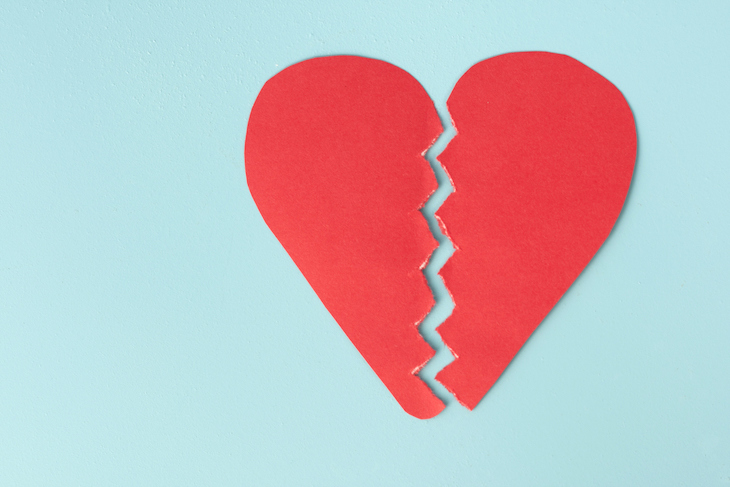

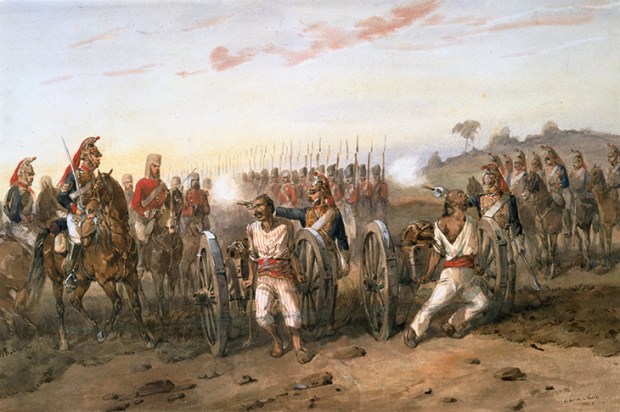

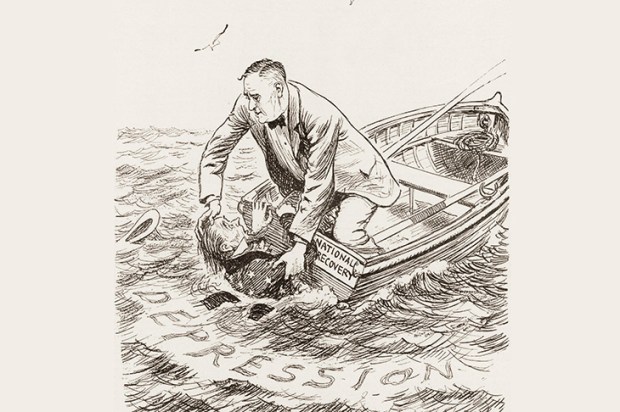
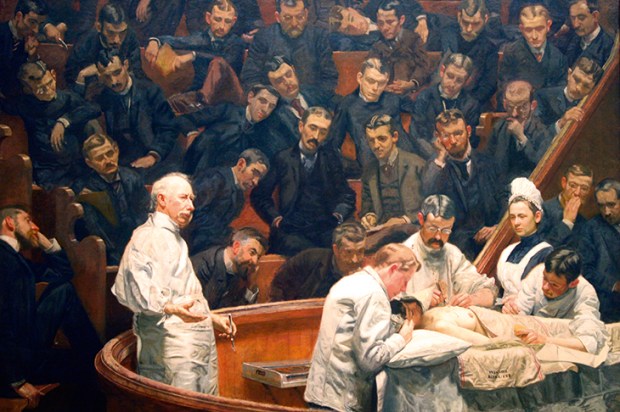
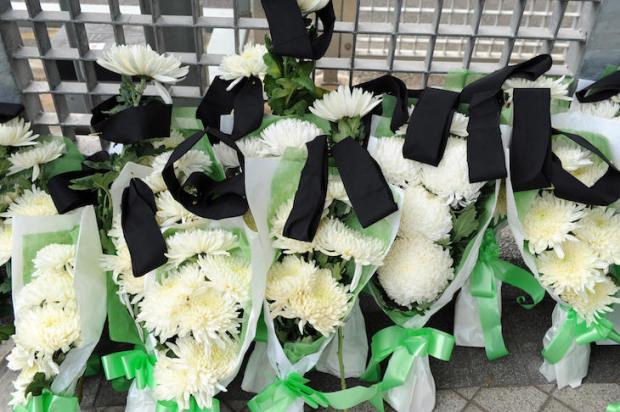






Comments
Don't miss out
Join the conversation with other Spectator Australia readers. Subscribe to leave a comment.
SUBSCRIBEAlready a subscriber? Log in